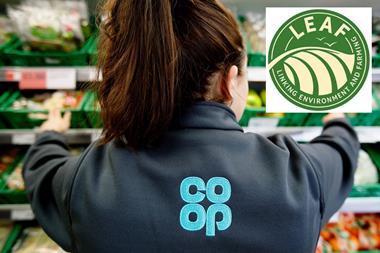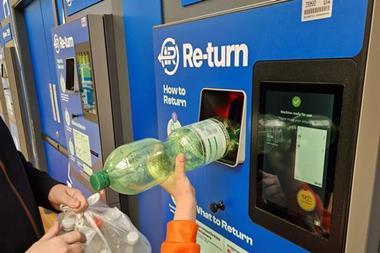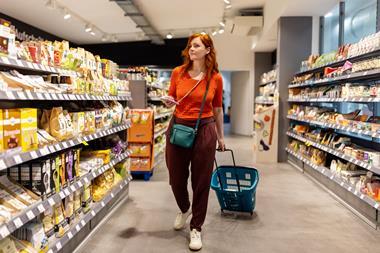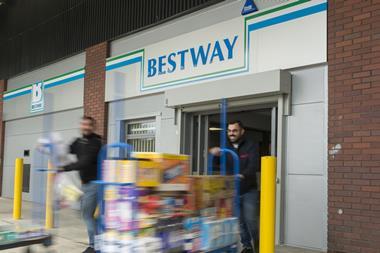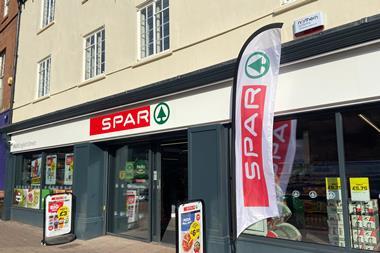What is the future of forecourt and convenience?
By Eva Jones, head of product development & innovation, Suresite 2020-11-20T16:37:00

Forecourts are on the cusp of change but is everyone ready for it?Suresite’s Eva Jones discusses the future of the sector.
ALREADY HAVE A REGISTERED USER ACCOUNT? PLEASE LOG IN HERE
To read the full story join the ConvenienceStore.co.uk community today!
Registration is quick and easy and provides access to:
- Unlimited ConvenienceStore.co.uk articles
- Our great range of newsletters
- Content you’ve saved for later via the ‘my library’ feature
And much more…
Related articles
More from Have Your Say
Unlimited Access + Newsletters
Register today to gain unlimited access to articles and to receive our great range of email newsletters.




















